In the latest Beat Dissected, we construct a minimal house beat with a scattering of percussive hits to give it character and keep it interesting.
Beat Dissected is a regular series in which we deconstruct drum patterns, showing you how to program them in any DAW. Just copy our grid in your own software to recreate the loop.
Here’s the beat we’re building today:
Spec
Tempo
123-127 BPMSwing
55-60%Sounds
Various Layered Drum Hits and Glitch One ShotsStep 1
To get started, we’ve chosen a simple, deep kick drum hit. Something like a CR-78, TR-808 or even a TR-909 sample can work very well here, laying the foundation for the beat.
There’s not much processing for the kick – it’s all in the sound design. Finding the right kick with the right deep tone is what sets up our sound.
The pattern is a simple four-to-the-floor.
Step 2
For the snare-clap combination, we’ve used a simple mid-heavy snare and an analogue-style clap with a heavy white noise transient character. We’ve also layered in a hint of a Latin percussive hit just to add a bit of extra character.
For processing, again, not much is really needed. The emphasis is on the layering, sound design and tuning of the drum hits to make them work together, although we did add a small amount of reverb to the snare for some added depth.
The combined hits play on every second and fourth beat.
Step 3
For the hi-hat, we’ve chosen a hit with a very fast transient and then processed it with Fabfilter Pro-Q, boosting some of the high end and taming some of the mid-highs while also adding a low cut to get rid of any unwanted frequencies.
The hat plays on every off beat.
Step 4
With the basic elements of the beat in place, we can start to add character with our percussive elements. The first is a simple glitchy part which mirrors the hi-hat pattern, allowing us to mute and reintroduce the two parts separately.
This kind of quirky percussion hit adds huge character to minimal house beats. We’ve added an EQ just to make sure the low end doesn’t clash with anything else in the mix, then we’ve added Fabfilter Saturn, creating a warm tape-style saturation to give the beat a slight amount of grit.
Step 5
The final step is where the beat really comes together. We’ve chosen four more glitchy one-shot percussive hits with quick transients, short decay times and quirky character. The variety of sounds and their placement in the pattern work together to ensure that the beat keeps the listener’s interest.
The processing is the same as in the last step, with all the percussion elements grouped together.
On the master chain we’ve simply added AOM’s Invisible Limiter to boost the loudness a little.
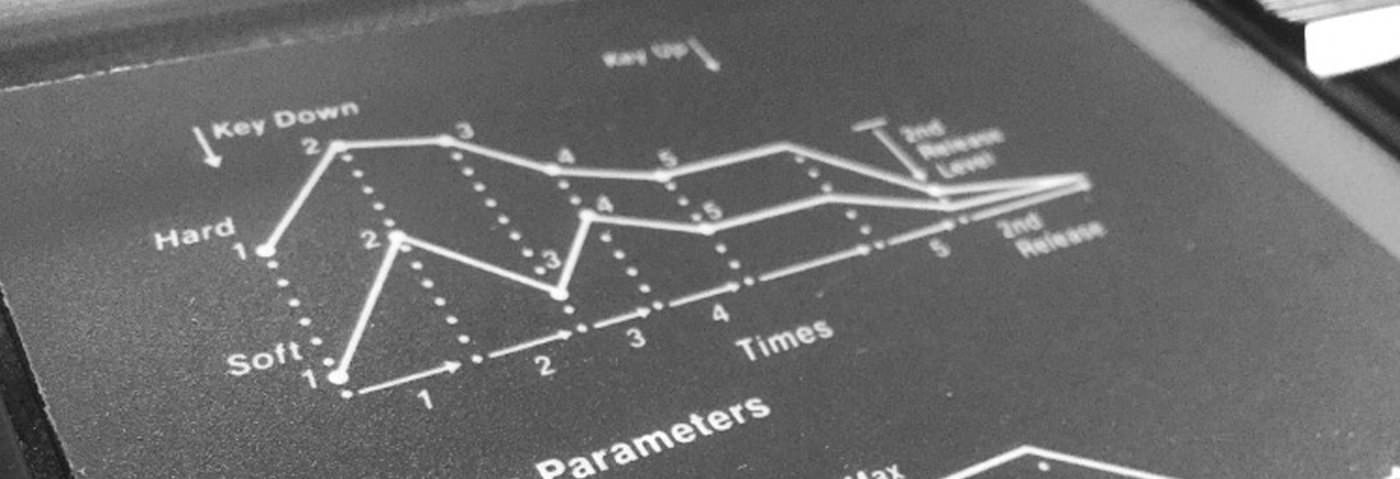


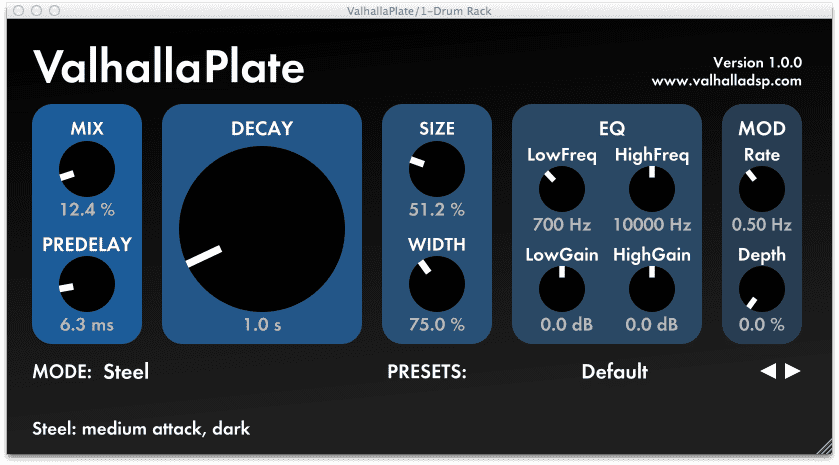

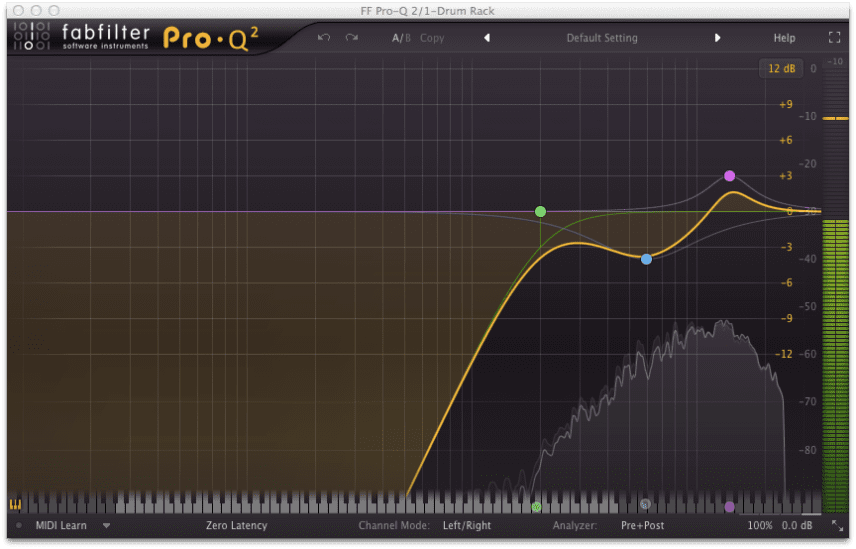

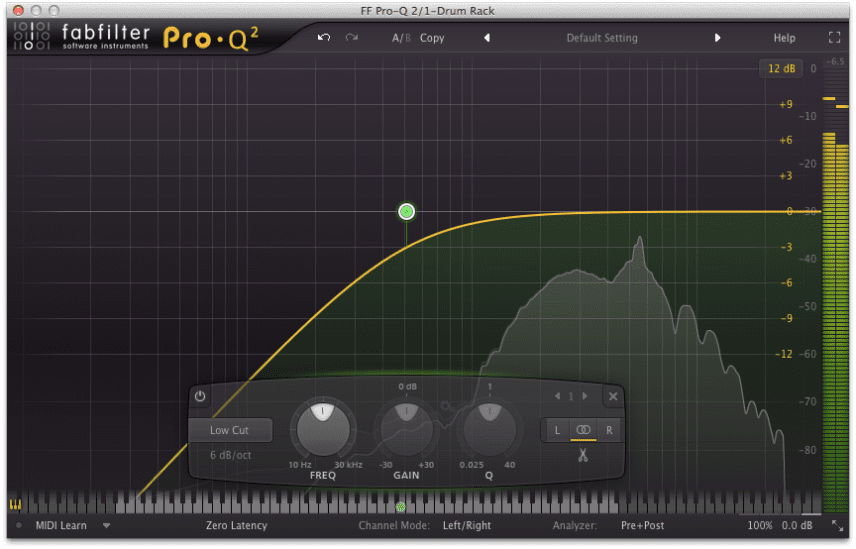
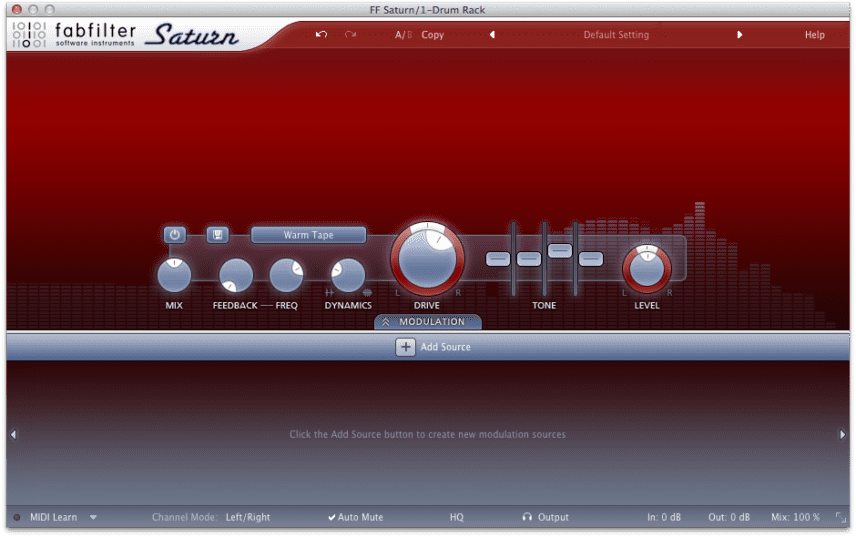

05.07 AM
Thanks for the processing tips 🙂
10.46 PM
Can someone please tell me what synth it is in the picture on top?
01.46 AM
@max that is the the Ensoniq EPS
02.32 PM
@Gunz Thx a lot!!